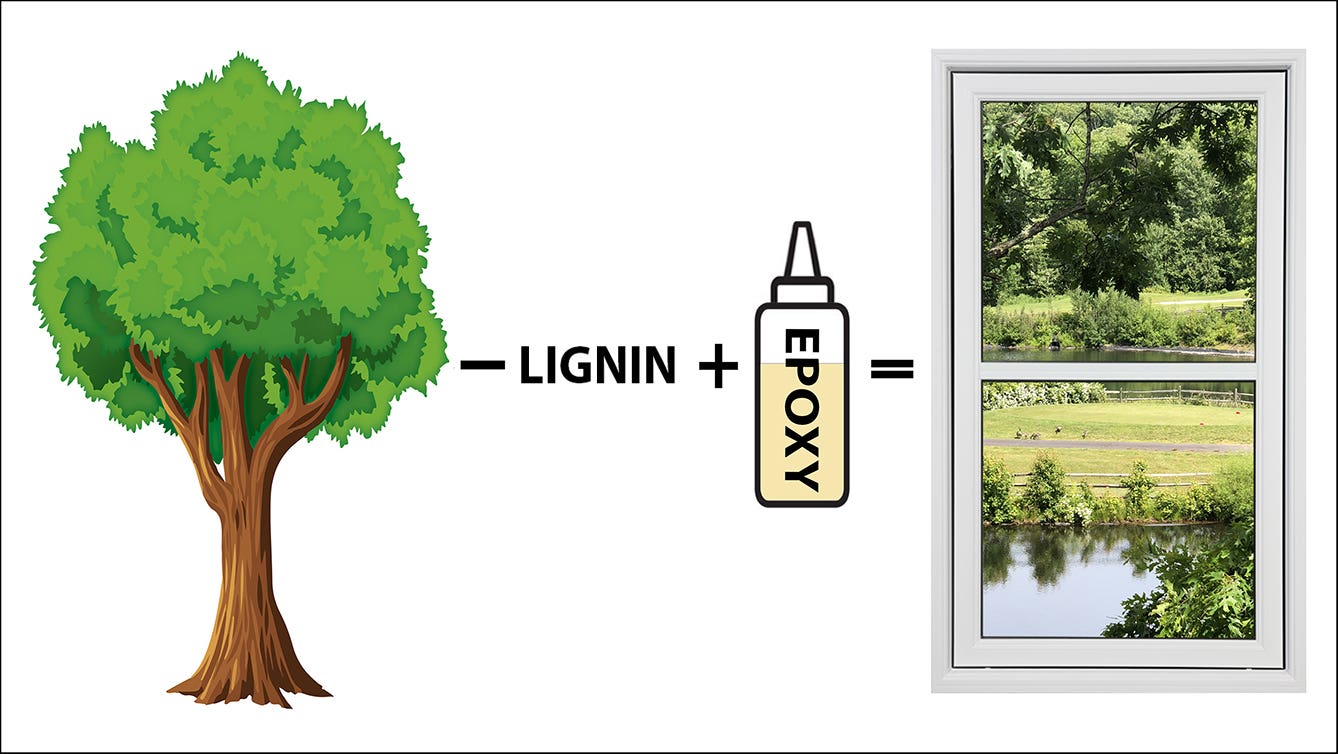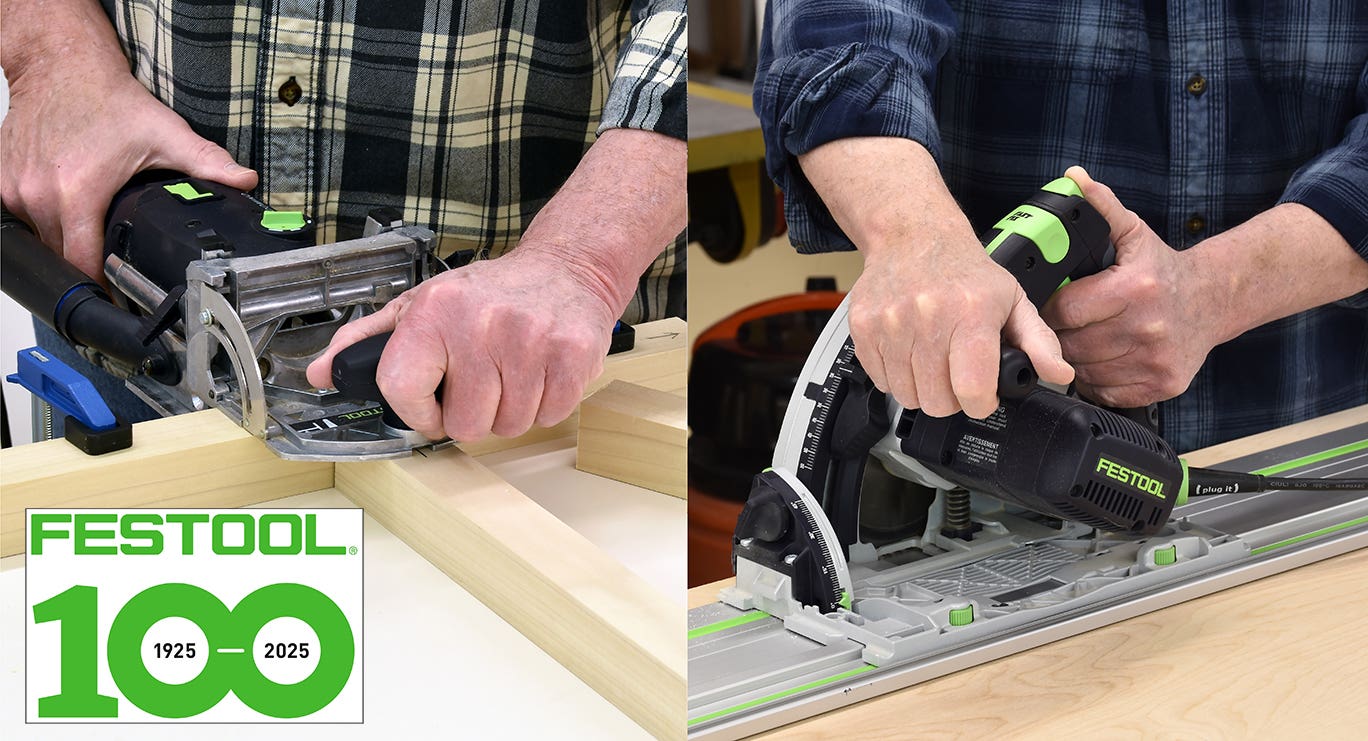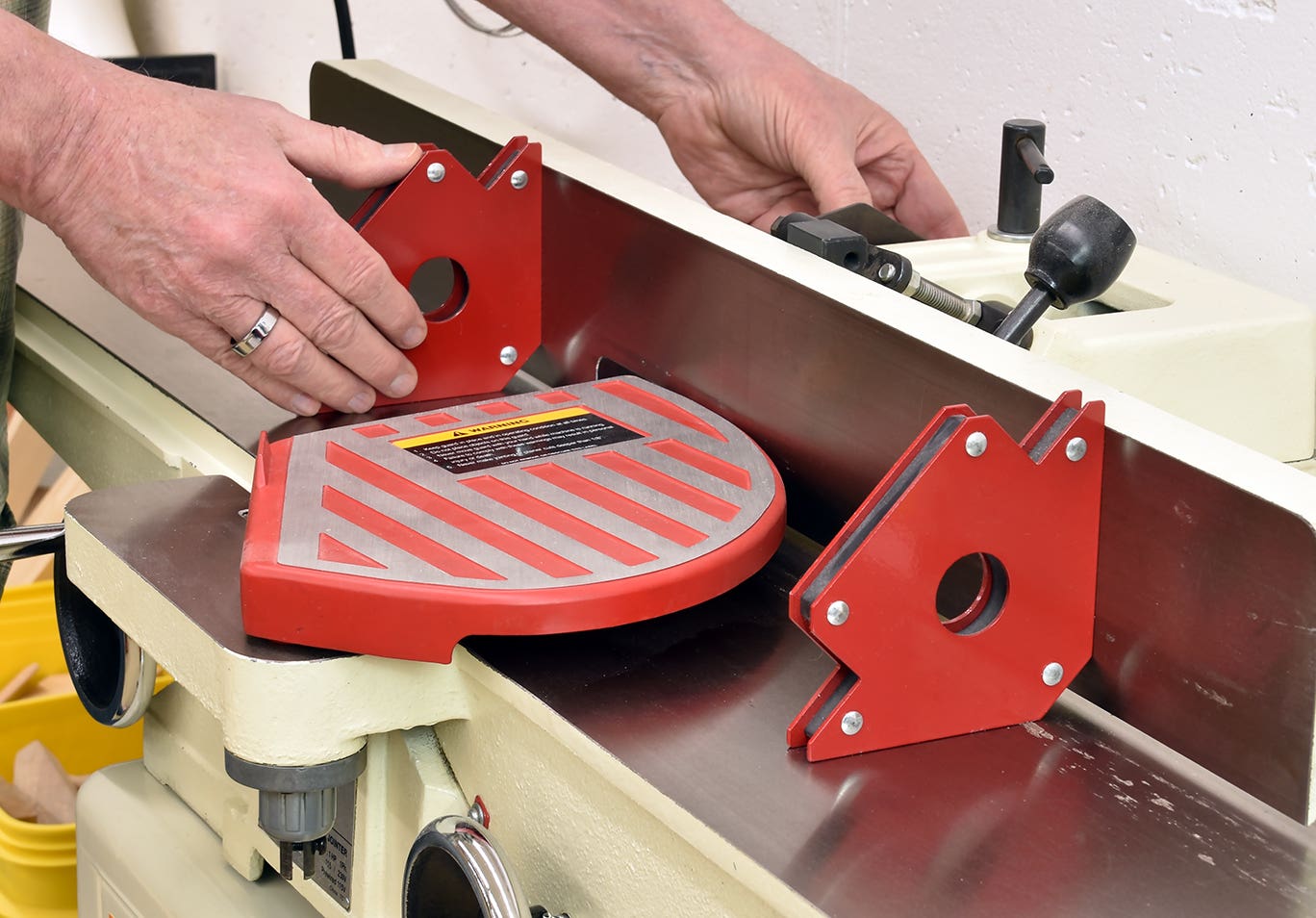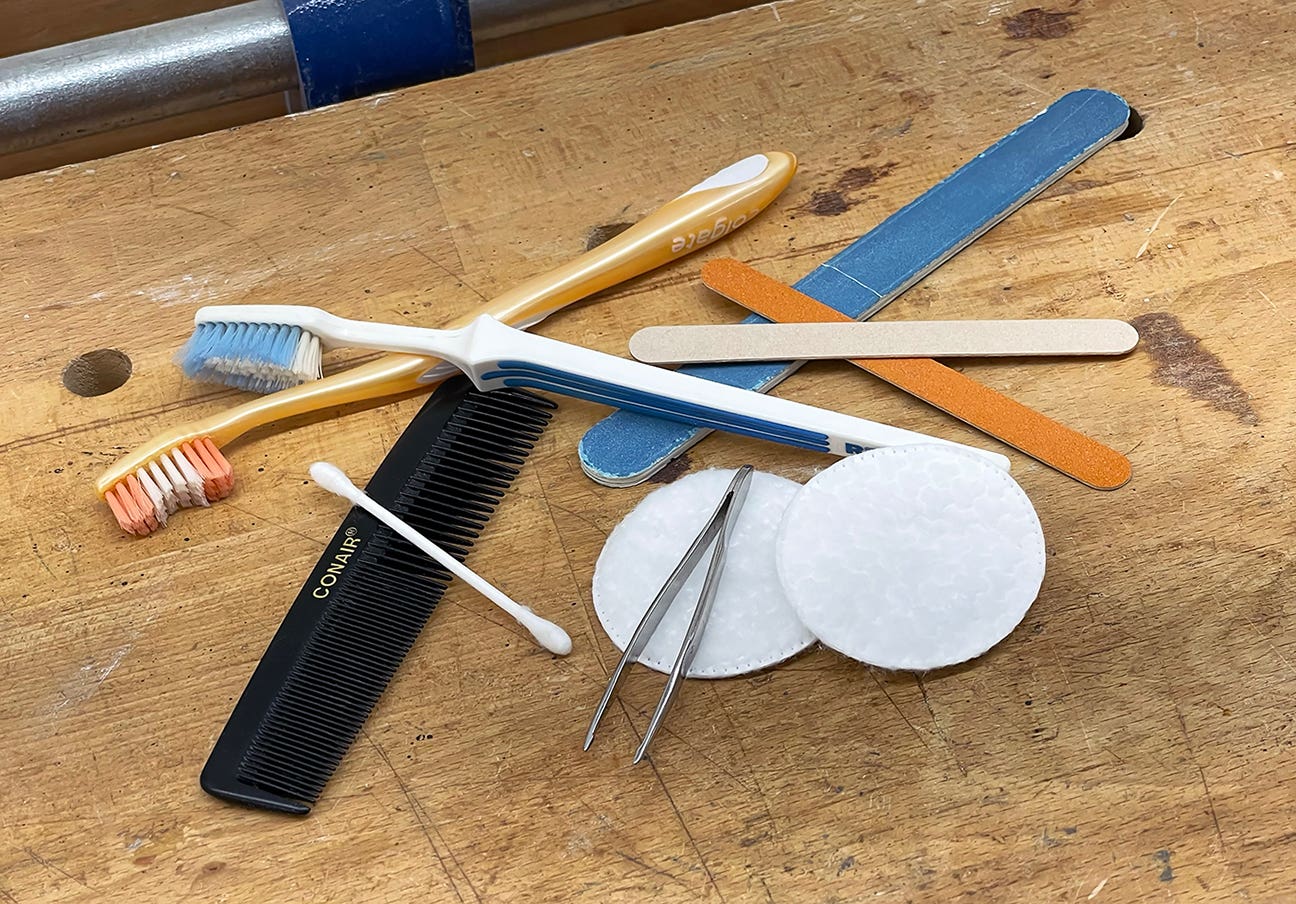Proper shading can set the right tone
I had two recent experiences that raised the specter of adding color after the stain was applied. In the first situation, the finisher had tested a golden oak color on…
I had two recent experiences that raised the specter of adding color after the stain was applied.
In the first situation, the finisher had tested a golden oak color on a new piece of wood of the same species as he was going to refinish and was satisfied with the color. Of course, the piece to be refinished was many years older, had acquired some color of its own and, in the stripping process, the surface of that wood was going to change even more. At the end, the item was restored quite well, but the finish was lacking in richness, was a little bright for the obvious age of the piece and seemed somewhat bland. My first response was appreciation for the evident work that had gone into the structural restoration; my second was regret that the warmth and character that could so easily have been created was lacking.
I’ve written about this in an earlier column on glazing (“Don’t glaze over this coloring technique,” August 2010 issue), but some information about toning seems in order. While the terms toning or shading have distinct differences, for most practical purposes the terms are interchangeable and mean that a pigment or dye colorant has been added to a film former (sealer or topcoat) so that a light application of the toner to a surface leaves a thin film of weakly colored coating.
We shade to add a missing element of color, in a more-or-less even application, as would be appropriate in the example above. We could make the piece darker, browner, golden, richer or less red. We could also give it a lighter appearance, but the likely result of covering the darker color below is a muddy finish.
Add a shading step
Furniture manufacturers, especially those that make high-quality goods, will often use a number of coloring steps to achieve the final result and will do quality-control checks against a standard at each step. This allows them to reject pieces that are outside the parameters and bring them back to standard by adjusting a subsequent step. Sometimes simply adding a step (shading) can make that necessary adjustment on the spot, with little effect on the production process and speed.
For solvent-based lacquers, a toner will be a low solids topcoat material (that is, with a high percentage of solvent and a low percentage of resin and colorant) producing a colored lacquer that is quite transparent. If the colorant is a dye, the coating will be totally transparent so as not to hide the grain, figure or depth while adding color. If the colorant is a pigment, there can be some hiding so care must be taken not to overdo the shading.
The smaller shop, or even a large factory in certain areas, might chose to use aerosol toners rather than have dedicated equipment for performing the toning needed for small corrections. In a larger operation, however, it might be expedient to have a “shading booth,” with a number of spray guns connected to pressure pots or pumps allowing the finisher a choice of premixed toners or shading lacquers. Especially where a shading step is integral to the finishing process, a dedicated gun or even complete booth setup might be necessary.
Dye stain to the rescue
The second experience involved a manufacturer of contract furniture who is largely dedicated to waterborne products in the finishing process. One finish in particular was difficult to get dark enough, even with a pigmented stain custom-mixed by the coatings supplier. This wiping stain would often have to be applied twice in order to get the desired degree of darkness, which offered the opportunity for failure of intercoat adhesion, took additional time and made the wood look painted.
The manufacturer had tried mixing the stain with water to thin it down, but found that when this mixture was sprayed on, it had a tendency to crawl on the previously applied stain and continued to look muddy. It followed the coating manufacturer’s recommendation to thin the stain with a clear stain — a stain base without color — with somewhat better results, but still had the opacity that could obscure the figure and depth.
We put a waterborne dye stain into the sealer and sprayed a very thin coat on the established finish, adding the missing element of color. Since the dye is transparent, there was no hiding of the figure and depth, but the missing color was supplied to the correct degree. On some items, shading the whole piece was necessary to bring it in compliance with the standard; on others only a drawer front edge (usually the bottom front edge) needed additional color. For our purposes, the results were entirely satisfactory and will take less time than the previous and less satisfactory “re-staining.”
Since not all color deficiencies of this type are discovered while the item is in the booth, and not all items are sprayed fully assembled, some correction or blending could be necessary when the item is further along in the assembly process. Many plants will have a “rub and pack” department, where a more detailed inspection of the item is performed after it has been fully assembled. Even in a small shop producing or refinishing one item at a time, there is an opportunity before the customer sees the finished piece for this final touch-up.
Here the shading is often done with an aerosol toner — either pigmented or dye type. Depending on what is needed in terms of color, one or more aerosol toners might be used. Even if a piece is red mahogany, the finisher might find an area that is too red. Even within the same species of wood, a different cut (such as plain sawn vs. quartersawn or solid vs. veneer) the same stain can produce a different color. Using the theory of complementarity, the finisher could add a little green (the complementary hue to red) to neutralize some of the red, resulting in a more pleasing match.
In virtually all cases, shading should not be the last coating application. Being very thin, it will show wear quickly by loss of color in the wear area, and it often will not have the same sheen as the topcoat. A topcoat should always be applied at some time after the shading is done to ensure good adhesion and to provide protection and matching sheen.
Greg Williams, formerly senior touchup and finishing instructor for Mohawk Finishing Products, is now a freelance instructor and consultant for finishing and touchup. He can be reached at gregalwil@yahoo.com.
This article originally appeared in the February 2012 issue.







